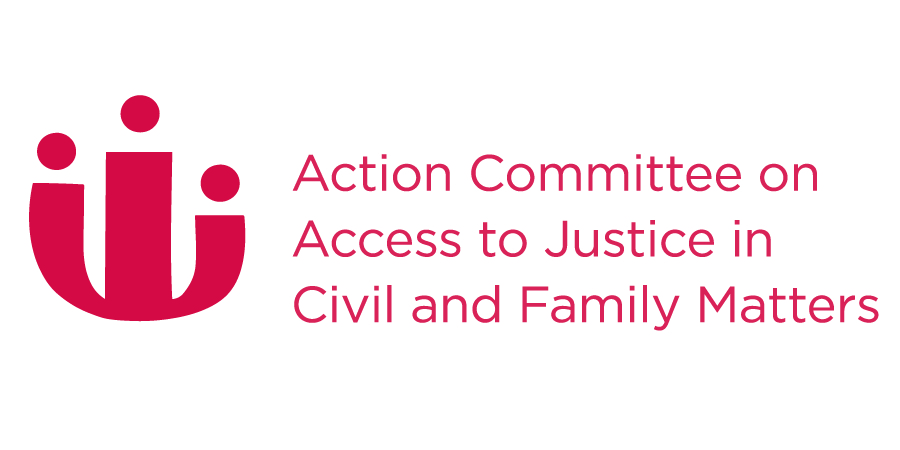Inventory of Reforms
Newfoundland and Labrador Electronic Filing
Year:
2006
Description:
Electronic filing system in the Law Courts of Newfoundland and Labrador.
Status:
Permanent Implementation
Jurisdiction:
Newfoundland and Labrador
Court:
- Small Claims in the Provincial Court
- Probate and Administration in the Supreme Court
Body Responsible:
- Law Courts
- Office of the Chief Information Officer
Timeline:
April 2006: Project initiated
Sept/06-May/07: Requirements Analysis stage
May-Dec 2007: Design stage
May 2010: Implementation of the e-filing Initiative
Publications:
Provincial Court of NL Annual Report FY 2008/09
Provincial Court of NL Annual Report FY 2007/08
Provincial Court of NL Annual Report FY 2006/07
Development:
The project to implement an electronic filing system in the Law Courts of Newfoundland and Labrador was initiated in April 2006 as a joint initiative of the Law Courts and the Office of the Chief Information Officer. The program was implemented at the Small Claims in the Provincial Court and the Probate and Administration in the Supreme Court.
Purpose:
The Province of Newfoundland and Labrador is committed to implementing an electronic filing system in the law courts. This pilot project will introduce electronic document management, large scale integration between various court case management systems, and web-based public interaction. Under this joint project the Law Courts and the Office of the Chief Information Officer will work together to build a shared, secure infrastructure upon which to build further initiatives for e-Filing and electronic disclosure. It is important that it is generally known amongst stakeholders, sponsors, and onlookers alike that this project is considered to be a ground-breaker for continued, more broad e-Filing initiatives in each court (2008 Annual Report at 29).
Description of Reforms:
Initial research, precedents in other jurisdictions, and consultations with the law courts have helped to narrow the scope of the project to include one area from each of the province’s two law courts:
- Small Claims in the Provincial Court
- Probate and Administration in the Supreme Court
These two areas have been selected as lower risk areas of the court, that would provide positive impact to the public, and that have finite, structured, and well-defined processes. Parties involved in these matters can be selfrepresented, and so a helpful, informative electronic filing initiative should serve to ease and streamline the process for the public, increasing the accessibility of services offered by the law courts. An equally important goal is to ensure that a positive impact is felt by the administration of the two courts. An electronic filing system should reduce operational costs and staff workloads in the courts…
The first stage undertaken in the project was the Requirements Analysis stage. The scope of work for this stage involved the gathering of business requirements for e-Filing for Small Claims cases in the Provincial Court and Probate and Administration cases of the Supreme Court. This was accomplished through a series of interviews and/or workshops with court staff, administration, and judiciary to fully document current business processes and workflows and to develop the business and functional requirements of a mutually agreeable solution for e-Filing. These requirements also encompass changes to existing internal case management systems. Requirements also address functionality for document and records management of e-Filed documents in accordance with Information Management practices and guidelines (2008 Annual Report at 29).
Criteria and Methods of Evaluation:
The most basic definition of e-Filing is the electronic submission of documents. Implementing e-Filing at this basic level of functionality would only partially achieve the objectives and benefits intended by the initiative. Therefore the Project Sponsors and Business Issues Committees have agreed that the following functionality should be included within the scope of the e-Filing initiative:
- Electronic Submission of Selected Court Documents (Most Small Claims and Probate and Administration case documents)
- Electronic Payment of Application/Court Fees
- Integration with Case Management Systems
- Electronic Document Management
- Electronic Access to Status of e-Filed documents
- Automated Electronic (email) Notification of Process Status
- E-Registry of Court Documents (Probate and Administration only)
Specifically excluded from the scope of the initial e-Filing initiative are the following:
- Paperless Flow of e-Filed Documents through Court Processes
- Electronic Service of Court Documents
- Electronic Payment of Enforcement Payments (Small Claims)(2008 Annual Report at 29).
Revision History:
This summary was last reviewed in Aug 09, 2012



